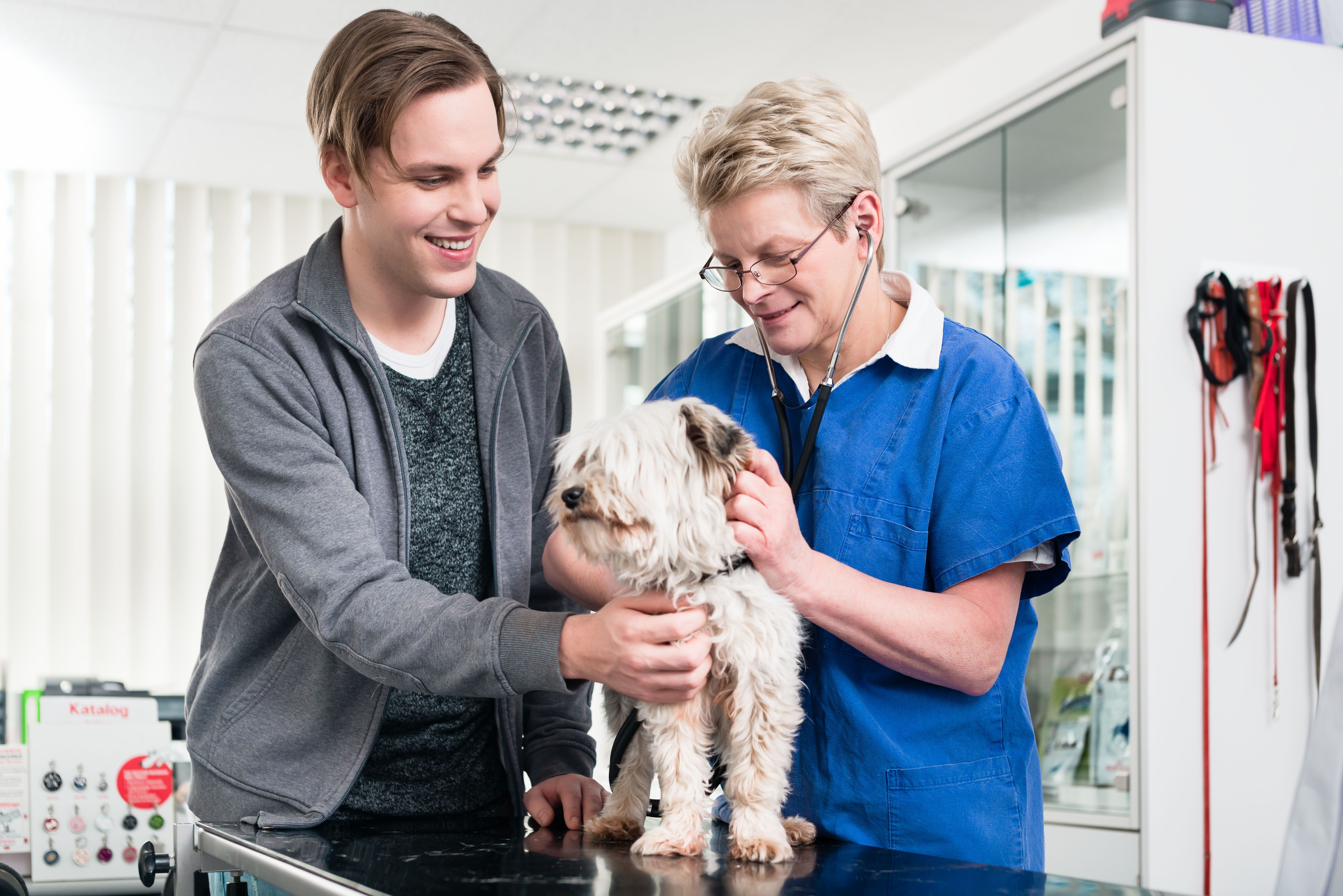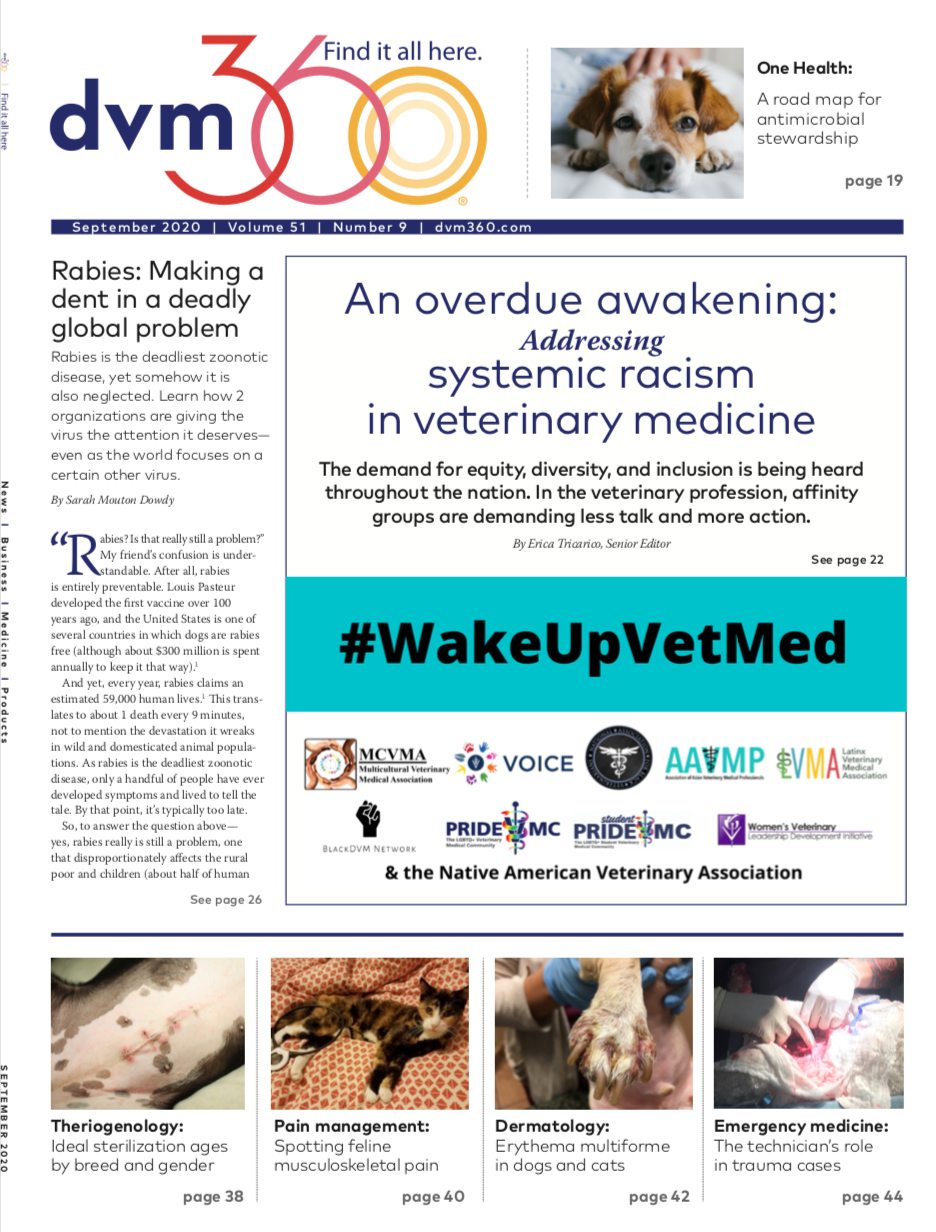Checking all the boxes in veterinary wellness visits
The diagnostic power of veterinary wellness visit screenings is undeniable, but deciding what tests should be run for all your patients is daunting. Here’s a guide to doing it right.
Kzenon / stock.adobe.com

Does deciding what wellness tests to run for your patients make your head spin? After all, there are so many panels to choose from, and it seems like the diagnostic labs are coming out with new tests, combinations, and specials every day. To maximize your diagnostic power during wellness visits, you need to organize your thinking on wellness testing. Here’s how.
First things first
Before you delve into the catalogs of available lab tests, bring some order to your thinking by categorizing patients according to age/life stage, lifestyle, and infectious disease risk. Start with age/development stage. Generally, this is broken into 4 or 5 categories: puppy/kitten, junior, adult, senior, and geriatric. (Some practices choose to combine puppy/kitten and junior, or senior and geriatric.)
Once you have organized your patients by life stage, you can categorize their other needs based on lifestyle and infectious disease risk. For example, does the dog travel frequently or does it lead a walk-around-the-block type of lifestyle? Does the cat roam the great outdoors, or does it survey its domain from the comfort of a climate-controlled window perch?
After you define age, lifestyle, and infectious disease risk, it’s time to fill in the details. First, consider how much lab work you want to do in house versus sending out. In-house diagnostics have a distinct advantage regarding speed, but we rarely need speed when it comes to wellness testing. Sending the wellness lab work out saves technicians’ time and usually affords a greater profit margin. When you have decided where you will be performing your testing, start by finding a combination panel for basic bloodwork that you feel is life stage appropriate. Then, add on infectious disease testing such as tickborne disease, heartworm, feline leukemia virus/feline infectious peritonitis testing, fecal parasite screening, and others as necessary.
Putting life stage guidelines into practice
Fortunately for us, the American Animal Hospital Association (AAHA) has done much of the work of determining appropriate wellness screenings by publishing the canine and feline life stage guidelines.1,2 Easy to read and packed full of information about what to discuss with clients and what lab work to consider at each life stage, the guidelines can help you create customized wellness plans for your patients at every visit regardless of life stage.
Keep in mind that the AAHA guidelines were created to fit every practice in the United States. Of course, what is needed in one area of the country may be irrelevant and unnecessary in another. This is especially true for lab work, and most especially infectious disease testing. So, the key to using the guidelines is in customizing them for your practice.
I know many of you just let out a big sigh and immediately put this project on the bottom of your mental to-do list but, trust me, it’s not that hard. The AAHA guidelines already have it all laid out for you; all you need to do is go through the recommendations one by one and decide exactly what they mean for your practice and your patients. This is easily accomplishable over 1 or 2 lunch meetings. Gather the doctors and technicians in a room, order lunch, and knock it out. Maybe try 1 lunch for dogs and 1 for cats.
How checklists help
At the Small Animal Community Practice at the Virginia-Maryland College of Veterinary Medicine, that’s essentially what we did. We prepared for the meetings by having 1 person create an initial rough draft based on the guidelines, which we then went over as a group point by point for each of the life stages. But we didn’t stop there. It’s difficult to remember the many things that need to be accomplished during a wellness visit. To ensure that our hard work and good intentions didn’t end up sitting in a binder gathering dust, we turned our practice’s life stage guidelines into a set of laminated checklists that we can take into the exam room with us and go over box by box to make sure we don’t leave anything out.
The checklists are a hit with clients as they feel we are being more thorough with meeting their pets’ needs. They are also great for new graduate associates because they allow the associates to complete a thorough wellness visit more easily. We even proved the effectiveness of checklists for wellness visits with a study.3
Dive in
So, dive right into organizing your wellness visits and unleash the diagnostic power of screenings to maximize their value for your patients and clients. Don’t do it alone, though; AAHA has your back with their life stage guidelines. All you need to do is customize them to your practice and check those boxes to make sure they are being followed the same way every time.
References
- Hoyumpa Vogt A, Rodan I, Brown M, et al. AAFP-AAHA: Feline Life Stage Guidelines. J Feline Med Surg. 2010;12(1):43-54. doi:10.1016/j.jfms.2009.12.006
- Creevy KE, Grady J, Little SE, et al. 2019 AAHA Canine Life Stage Guidelines. J Am Anim Hosp Assoc. 2019;55(6):267-290. doi:10.5326/JAAHA-MS-6999
- Nappier MT, Corrigan VK, Bartl-Wilson LE, et al. Evaluating checklist use in companion animal wellness visits in a veterinary teaching hospital: a preliminary study. Front Vet Sci. 2017;4:87. doi:10.3389/fvets.2017.00087
Dr. Nappier is assistant professor of community practice in the Department of Small Animal Clinical Sciences at the Virginia-Maryland College of Veterinary Medicine in Blacksburg, Virginia.
